| IN A NUTSHELL |
|
The United States Navy is on the verge of a technological transformation with the introduction of the USX-1 Defiant, an advanced unmanned surface vessel developed by DARPA. This colossal 580,000-pound ship is poised to revolutionize naval operations with its remarkable autonomy and innovative design. As it embarks on extensive open-water trials, the Defiant symbolizes a paradigm shift in maritime warfare and strategic defense. With its potential to alter naval strategies and capabilities dramatically, the vessel raises questions about the future of naval warfare in an era increasingly dominated by technology and automation.
USX-1 Defiant: A New Era in Autonomous Naval Technology
The USX-1 Defiant is an extraordinary advancement in naval technology, developed under DARPA’s No Manning Required Ship (NOMARS) program. This groundbreaking initiative challenges traditional naval design by eliminating the need for an onboard crew, resulting in a vessel that is both efficient and cost-effective. Currently undergoing rigorous testing, the Defiant is set to demonstrate its capabilities during an extensive at-sea trial. This unmanned surface vessel (USV) showcases the future of maritime warfare, offering strategic advantages that could transform naval operations.
The Defiant’s high level of autonomy enables it to undertake extended missions without human intervention, enhancing its reliability and operational efficiency. This autonomy not only reduces costs but also extends the Navy’s reach, allowing for more strategic deployment. The upcoming trials are crucial in assessing its capabilities and potential integration into the U.S. Navy’s fleet. The anticipation surrounding these trials highlights the importance of autonomous systems in maintaining naval superiority amid a complex global landscape.
Innovative Refueling Solutions for Extended Missions
One of the critical challenges in deploying autonomous vessels like the USX-1 Defiant is developing a reliable refueling system that operates without human input. In collaboration with the U.S. Navy, DARPA is pioneering an innovative at-sea refueling system to address this issue. This cutting-edge technology will allow the Defiant to conduct prolonged missions without the logistical constraints of traditional refueling methods, significantly enhancing its operational autonomy and effectiveness.
Implementing this advanced refueling system marks a significant advancement in ensuring that unmanned vessels can sustain long-term operations in open waters. By eliminating the need for personnel during refueling, this system improves safety and reduces the logistical demands of naval operations. Successfully integrating this technology could set a new standard for future unmanned maritime operations, underscoring the Defiant’s role as a trailblazer in the evolution of naval warfare.
Strategic Advantages of the NOMARS Program
The NOMARS program, which led to the development of the USX-1 Defiant, is an ambitious initiative aimed at redefining naval architecture. By designing vessels explicitly for autonomous operations, the program seeks to unlock numerous strategic advantages that conventional manned ships cannot offer. These advantages include improved hydrodynamic efficiency, enhanced survivability, and reduced operational costs. The absence of human-centric design considerations results in a more streamlined and stealthy vessel, better suited to modern naval engagements.
DARPA’s vision for the NOMARS program extends beyond the immediate capabilities of the Defiant. By showcasing the potential of fully autonomous vessels, the program aims to influence future naval strategies and procurement decisions. The success of the Defiant could lead to the development of a new fleet of unmanned ships, each designed to perform specific roles within a distributed maritime network. This shift could fundamentally alter the landscape of naval warfare, providing the U.S. Navy with unprecedented flexibility and resilience against evolving threats.
The Future of Naval Warfare: Implications and Opportunities
The deployment of the USX-1 Defiant is not just a technical milestone; it represents a strategic shift in the U.S. Navy’s approach to maritime operations. By incorporating autonomous vessels into its fleet, the Navy can enhance its operational capabilities while minimizing risks to personnel. The Defiant’s ability to operate autonomously over extended distances and durations makes it ideal for reconnaissance, surveillance, and even armed engagements, where it can serve as a platform for launching missiles or other payloads.
As the Defiant prepares for its at-sea trials, the implications for future naval strategies are profound. The success of this vessel could herald a new era of unmanned maritime operations, where fleets of autonomous ships collaborate to achieve strategic objectives. This potential transformation raises critical questions about the future of naval warfare and technology’s role in shaping defense strategies. As we stand on the cusp of this new era, how will the integration of autonomous vessels redefine the balance of power at sea, and are we prepared for the challenges and opportunities this new technology will bring?
Did you like it? 4.6/5 (20)
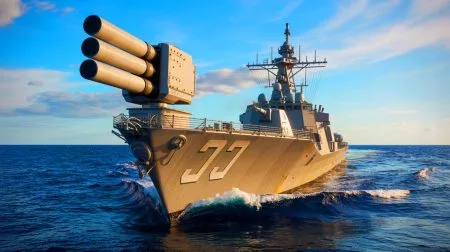
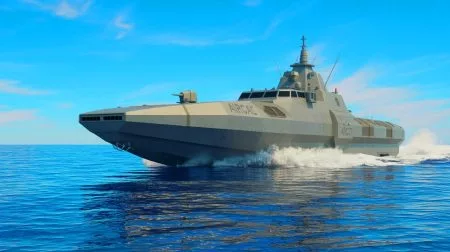
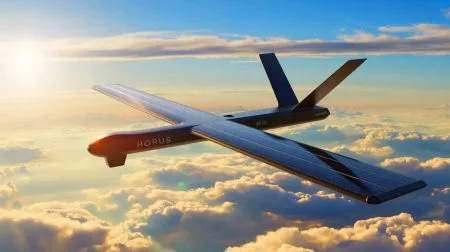

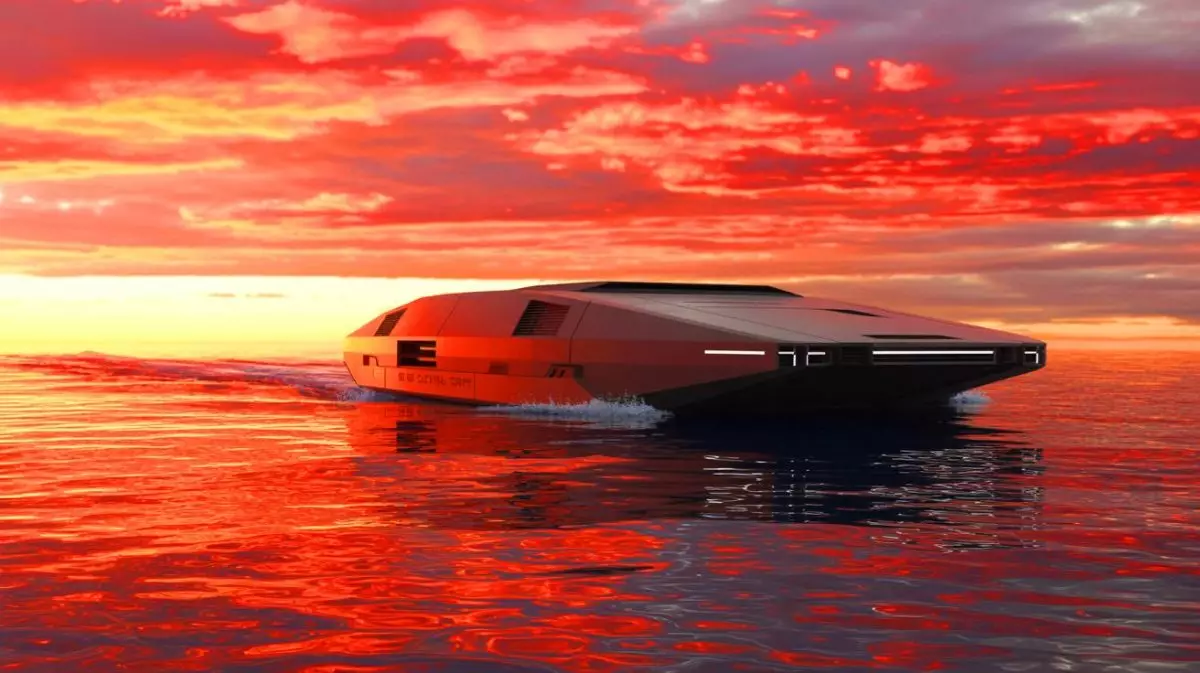
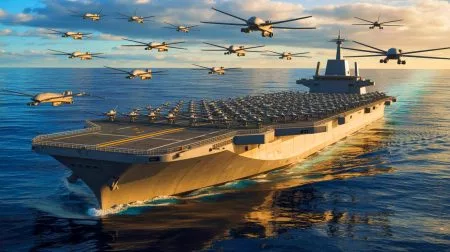
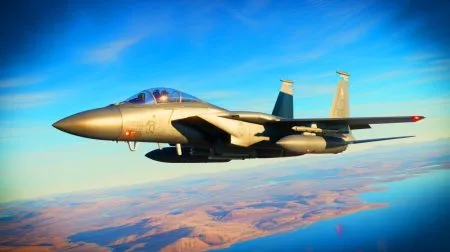
Wow, a 580,000-pound ship with no crew? That’s insane! How does it not sink? 😂
Is this really the future of naval warfare? Feels like something out of a sci-fi movie! 🚀
So, who’s going to be held accountable if this thing crashes? 🤔
Great article! Thanks for keeping us updated on these advancements! 👍
Is there any info on how much this project is costing taxpayers? 💰
I wonder what happens if it loses communication with the base. Does it just drift? 🤷♂️